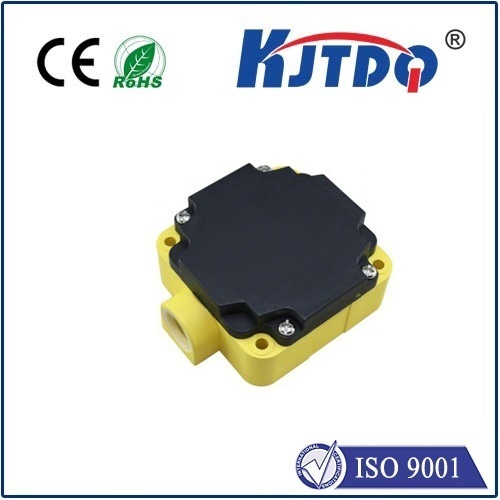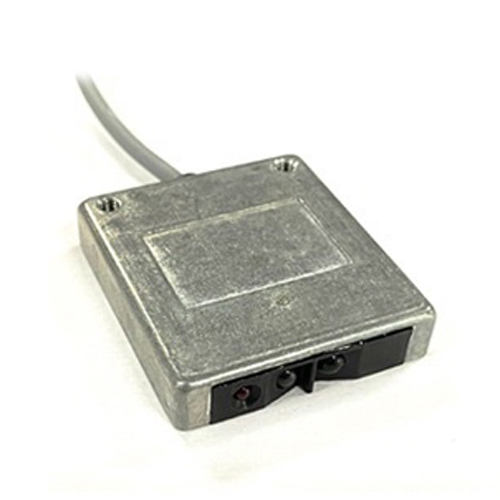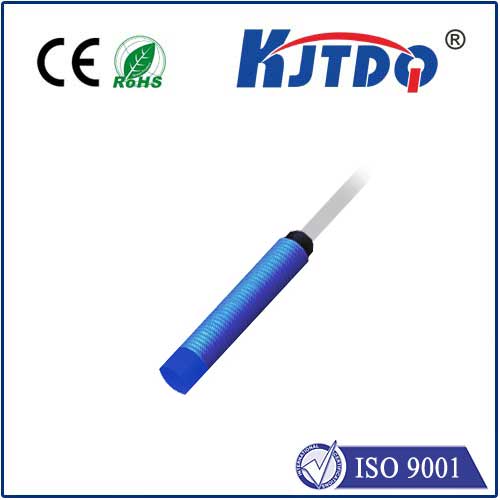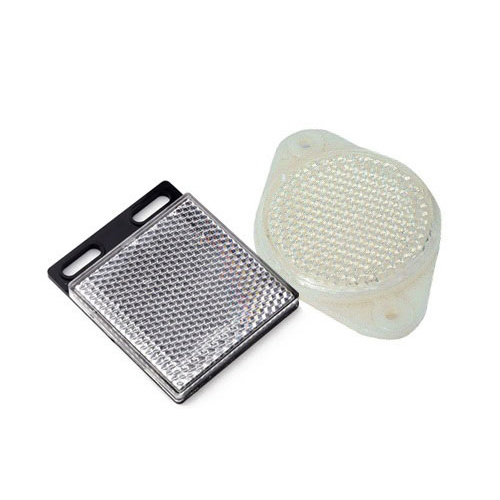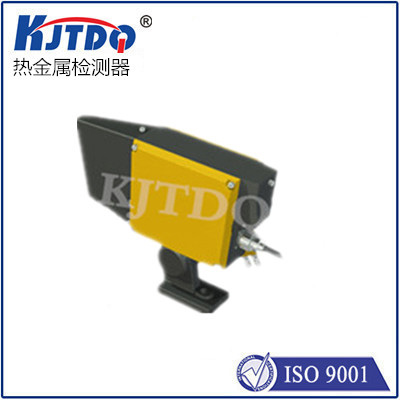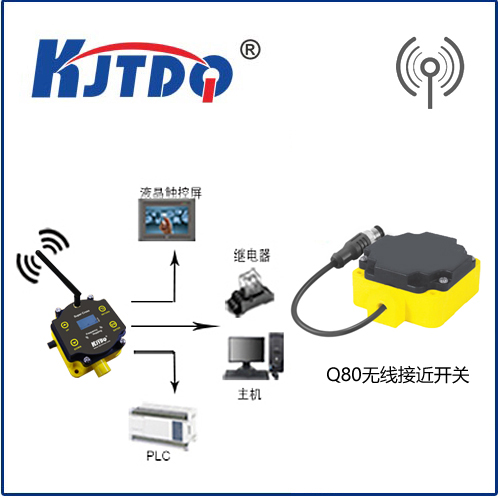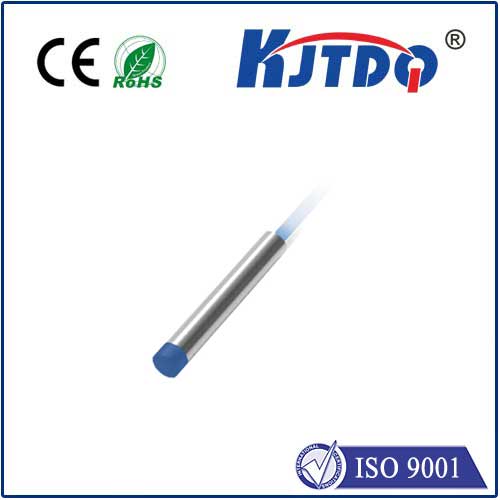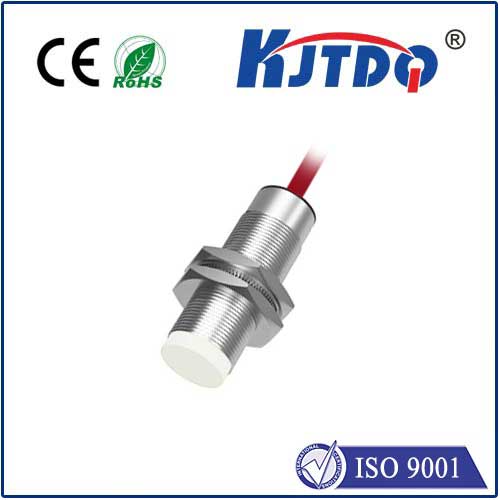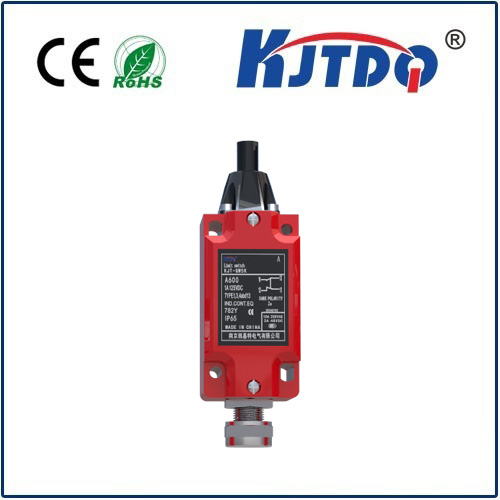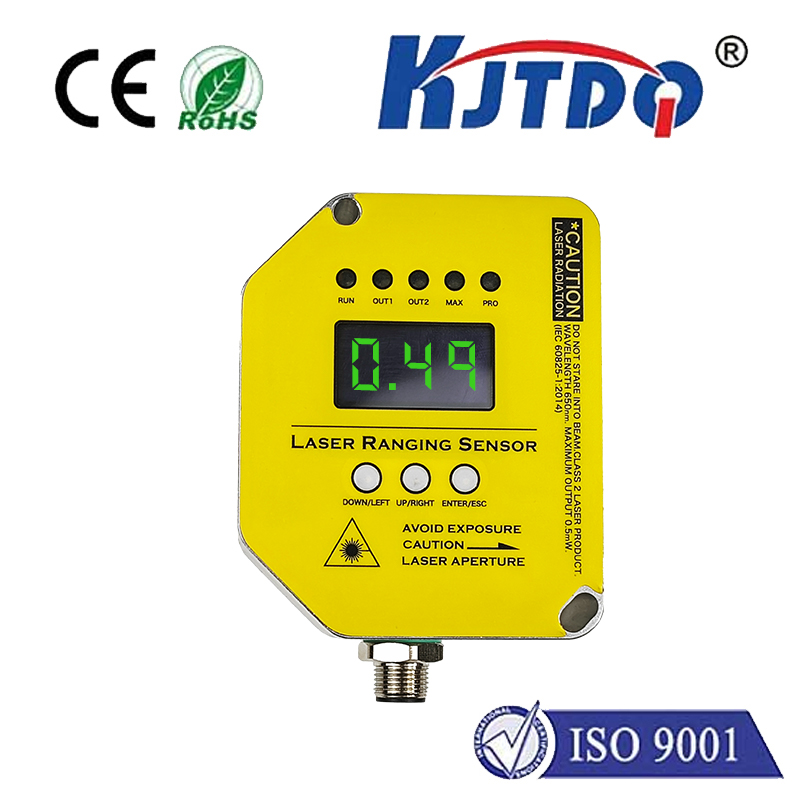cylinder position sensor
- time:2025-08-13 13:46:15
- Нажмите:0
The Unsung Hero of Motion Control: Demystifying Cylinder Position Sensors
Title: Cylinder Position Sensors: The Critical Eyes Inside Hydraulic and Pneumatic Systems
Imagine a complex robotic arm assembling a car chassis. Precision is paramount; one misaligned weld could be catastrophic. Or picture a massive hydraulic press shaping metal – knowing exactly when to stop the ram’s descent is non-negotiable. At the heart of such critical movements lies an often-overlooked component: the cylinder position sensor. These unassuming devices are the silent sentinels, providing the vital feedback that transforms brute force into controlled, intelligent motion. Without them, automated systems would be blind, operating on guesswork rather than certainty.
In the realms of hydraulics and pneumatics, where cylinders convert fluid power into linear motion, knowing the precise location of the piston rod at any given moment is fundamental. This isn’t just about convenience; it’s about safety, accuracy, efficiency, and process control. Cylinder position sensors fulfill this essential role, continuously monitoring the piston’s travel and translating it into a usable electrical signal.

How Do Cylinder Position Sensors Work?
The principle behind position sensing varies depending on the technology employed, each offering distinct advantages:
- Magneto-Resistive Sensors: These detect the position of an integrated magnet within the piston itself. As the magnet moves, it changes the resistance in the sensor element. Renowned for their robustness and reliability, especially in harsh industrial environments, they offer non-contact sensing meaning no physical wear.
- Linear Potentiometers: This traditional method uses a wiper in contact with a resistive track. The position of the wiper (attached to the piston rod) changes the electrical resistance proportionally. While cost-effective, contact wear over time is a potential drawback compared to non-contact methods.
- Linear Variable Differential Transformers (LVDTs): These highly accurate sensors use electromagnetic induction. A movable ferrous core inside the sensor, linked to the piston rod, varies the coupling between primary and secondary coils, generating an output voltage proportional to position. LVDTs are prized for their exceptional precision and longevity.
- Magnetostrictive Sensors: This advanced technology utilizes the “magnetostrictive effect.” An electronic interrogation pulse travels along a waveguide wire inside the cylinder. A position magnet on the piston creates a torsional strain wave at its location. The time delay between the sent pulse and the return wave is measured to determine position with remarkable accuracy and repeatability.
- Ultrasonic Sensors: Emitting sound waves and measuring the echo’s return time, these sensors can determine the distance to the piston head. While less common inside cylinders, they offer non-contact sensing options for certain external setups.
- Hall Effect Sensors: These detect changes in magnetic fields. A magnet mounted on the piston induces a voltage in the Hall element as it passes by, typically used for detecting discrete positions (end-of-stroke) rather than continuous measurement.
Why are Cylinder Position Sensors Indispensable? Applications Galore
The ability to know real-time rod position unlocks countless possibilities:
- Precision Control: Enabling servo-control loops for exact positioning in robotic arms, CNC machines, injection molding, and test stands.
- Velocity & Acceleration Monitoring: Calculating speed and acceleration based on position changes over time for performance optimization and safety interlocks.
- Endpoint Detection & Stroke Limiting: Accurately halting cylinders at programmed start/end points, preventing mechanical damage.
- Synchronization: Coordinating the movement of multiple cylinders within a machine for smooth, coordinated operation.
- Collision Avoidance: Providing feedback to control systems to stop movement before parts clash.
- Condition Monitoring & Predictive Maintenance: Tracking changes in cylinder stroke behavior (e.g., drift, slower speeds) can indicate wear in seals or bearings, allowing proactive maintenance before failure occurs. This is increasingly vital in Industry 4.0 strategies.
- Process Verification: Confirming that a cylinder has completed its intended stroke in automated assembly or material handling tasks.
The Tangible Benefits: Beyond Simple Position
Implementing reliable cylinder position feedback delivers concrete advantages:
- Enhanced Productivity: Fewer errors, reduced cycle times, and optimized processes directly boost output.
- Improved Quality Control: Consistent, repeatable positioning ensures product uniformity and reduces scrap rates.
- Increased Machine Uptime: Predictive diagnostics and precise control minimize unplanned downtime.
- Reduced Operating Costs: Lower energy consumption (precise control avoids over-traveling), less waste, and optimized maintenance scheduling save money.
- Повышение безопасности: Preventing runaway cylinders or collisions protects personnel and equipment. Safety is paramount.
- Data-Driven Insights: Position data feeds into SCADA and MES systems, enabling performance analytics and continuous improvement initiatives.
Choosing the Right Cylinder Position Sensor: Key Considerations
Selecting the optimal linear position sensor involves evaluating several factors:
- Application Requirements: Continuous measurement vs. discrete points? Required accuracy and repeatability? Environment (temperature, pressure, contaminants)?
- Cylinder Type & Mounting: Hydraulic vs. pneumatic? Internal integration (rod or body mounted) or external application? Space constraints?
- Operating Environment: Exposure to extreme temperatures, high pressure, shock/vibration, corrosive fluids, or washdown conditions? Robustness is critical in demanding industrial settings.
- Output Signal: Analog (voltage, current) or digital (CANbus, IO-Link, Ethernet/IP)? Compatibility with the existing PLC or controller is essential.
- Stroke Length & Resolution: Matching the sensor’s measurement range and resolution to the cylinder’s required travel and positioning precision.
- Cost vs. Performance: Balancing initial investment with the required lifespan, accuracy, and long-term operational savings.
The Future: Smarter Sensors & Integrated Intelligence
The evolution of cylinder position sensing is tightly coupled with broader automation trends. Sensors with integrated digital communication (like IO-Link) are becoming standard, offering plug-and-play commissioning, richer diagnostic data (sensor health, temperature), and easier integration into Industrial IoT networks. The move towards miniaturization allows for sensors in increasingly compact cylinders. Furthermore, advancements in materials and signal processing continue to push the boundaries of accuracy, speed, and resilience in harsh environments.
From the massive hydraulic cylinders on construction equipment to the delicate pneumatic actuators in semiconductor manufacturing, cylinder position sensors are the fundamental enablers of precision and control. They provide the essential feedback loop that transforms raw power into intelligent motion, ensuring efficiency, safety, and reliability across virtually every industrial sector. Their vital data stream is the unsung hero driving modern automation forward.

